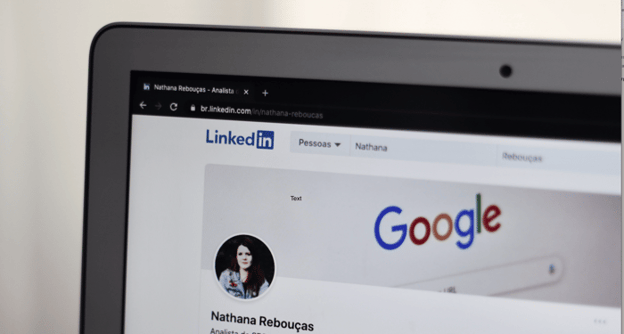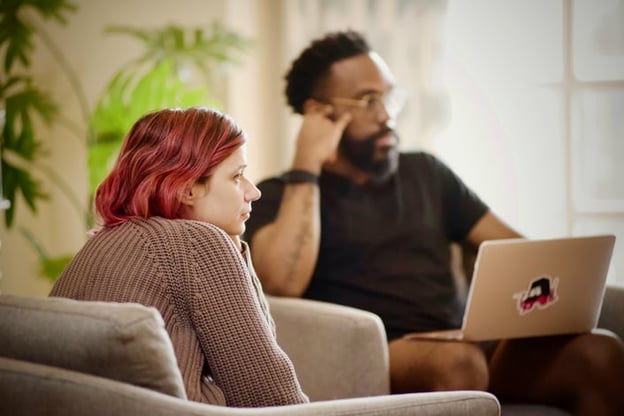Twelve Golden Rules From The Kitchen For Effective Leadership: ‘Mise En Place’
We’ve often been taught that “faster is better” when hustling to get a job done, but during my time working in the catering business, I learned...
5 min read
Charlotte Stasio Aug 7, 2023
.png)
Whether we may realize it or not, businesses — both small and large — have a profound influence on disaster resilience. When we think about emergency management, it’s easy to default back to representatives from government agencies, but the private sector has an important role to play during times of crisis too. Private-public partnerships address planning and preparedness gaps that would otherwise leave communities vulnerable. Our recent webinar shed light on that exact subject — discussing strategies organizations can use to forge partnerships between private and public sectors to serve underserved communities better.
In the “How Private-Public Sector Partnerships Can Better Serve the Underserved” webinar, we were joined again by industry leaders Andrea Davis and Valerie Haven. Both our panelists come from extensive backgrounds serving underserved communities Davis, held former Emergency Management Director roles at Disney and Walmart and is current President and CEO of the Resiliency Initiative. Haven is the first blind individual to earn a master's in Emergency Management from Massachusetts Maritime Academy and CEO of Redefining Bravery.
The webinar discussed crucial strategies for private-public partnerships like:
The session concluded with a Q&A where our attendees delved into thought-provoking questions illuminating more ways private-public partnerships empower underserved communities. In the spirit of “listening and letting the community guide you” (a valuable insight from Valerie and Andrea), we decided to share what you wanted to know about most for enhancing private-public partnerships. Let’s start with a question from Jeanette P.
Jeanette P: How do we get the language of the private sector on the same page, such as the Incident Command System (ICS)?
In the same way that a chef might not know the full medical school glossary, it’s also likely a doctor will not know everything there is to know about culinary terms. For this reason, you can’t assume someone knows technical language or phrases that may be uncommon for them. In the case of private-sector partnerships, emergency managers must proactively explain the meaning and importance of words concerning the Incident Command System (ICS) to the private sector to increase shared understanding. Here are some best practices to get the private sector on the same page for ICS language as described by our panelists:

“Many people want to help, they just don’t know how.”
— Valerie Haven
Stephen L: How can emergency managers better support private businesses to help sustain them in a disaster?
Our panelists emphasized doing the work well before the disaster strikes, as it helps lessen the burden that comes along with responding to the disaster “as it comes”. There are some steps that emergency managers can take to sustain private-sector businesses along the way, ones that have been more successful for our panelists include:
Being proactive is always better than being reactive, and that’s especially true for disaster resilience.

Kylie L: How can I effectively engage with ‘big-box’ stores like Target to understand their disaster response planning when hierarchies can often hinder managers from having full knowledge and lead to responses like, "I'm not sure, you'll have to talk to “X"?
Engaging with large corporations can be challenging due to complex organizational structures. For this reason, persistence and building relationships are key. Some steps Andrea recommended when dealing with larger corporations for disaster response:

“Look up the person on LinkedIn and message them directly. Find the “me” of their organization, and try typing things like “Emergency Director of Target.” Every organization has one.”
— Andrea Davis
Over time, consistent efforts will foster trust and allow for more open and collaborative communication between you and the private-sector emergency manager.
Patricia F.: "I've found children are sometimes left out. How do we make sure they're included in plans?”
Involving children in disaster preparedness efforts is paramount to creating a resilient community. Children are vital stakeholders as they play a significant role in influencing their families and communities. Engaging them empowers them to advocate for preparedness and resilience, creating a ripple effect within their homes and schools.
To include children in preparedness efforts, our panelists recommend:
One attendee, Julia N. described how her own organization includes children in community preparedness, “We train 4th and 5th graders regarding wildfire preparedness and how human behaviors cause wildfire. We provide Go-Bags filled with emergency radios and other supplies and printed materials. The kids love this program and take home what they learned and point out to their families the things they need to create defensible space and harden their homes for fire mitigation. We are now talking with the school board to make this a permanent part of the curriculum.”

Linda N.: How do we build trust with our community before a disaster?
Building trust is so important for all groups but especially underserved communities. We recently covered that topic in our latest webinar, some of the tips we shared included:
The approach to building trust with anyone is a continuous effort, and so it requires a plan. Underserved communities have historically been neglected and overlooked, and serving them can empower resilience in times of disaster. We cover a cohesive strategy for building trust with underserved communities in our full webinar recap.

At their best, private-public partnerships can help everyone at the table better respond, recover, and serve communities in times of disaster response. Taking these best practices into account can not only get everyone involved on the same page but also ensure that underserved groups are better supported. If you’d like to learn more, we invite you to watch the full on-demand version of our conversation by clicking the button below.
We’ve often been taught that “faster is better” when hustling to get a job done, but during my time working in the catering business, I learned...
Your people are your most valuable asset and your biggest competitive advantage. Invest in them wisely, and they’ll take your company places you...
Big workforce initiatives thrive on strong collaboration between ecosystem partners; however, navigating those projects may sometimes be challenging....